Each situation varies, and while I often recommend investing in a Shopify paid theme, there are instances where it may be an unnecessary expense. This article will explore these scenarios, providing insight into making informed decisions about Shopify themes.
You can check out Shopify’s Theme Store here.
My related posts you may like:
- Best single-product Shopify theme
- Shopify examples using the Impulse theme
- Debutify theme review
- Shopify stores using the Craft theme
What are the Main Differences Between a Free and a Paid Shopify Theme?
Many beginners in e-commerce are uncertain about choosing between a free or paid Shopify theme, largely because they aren’t fully aware of the key differences and their potential impact on their online business.
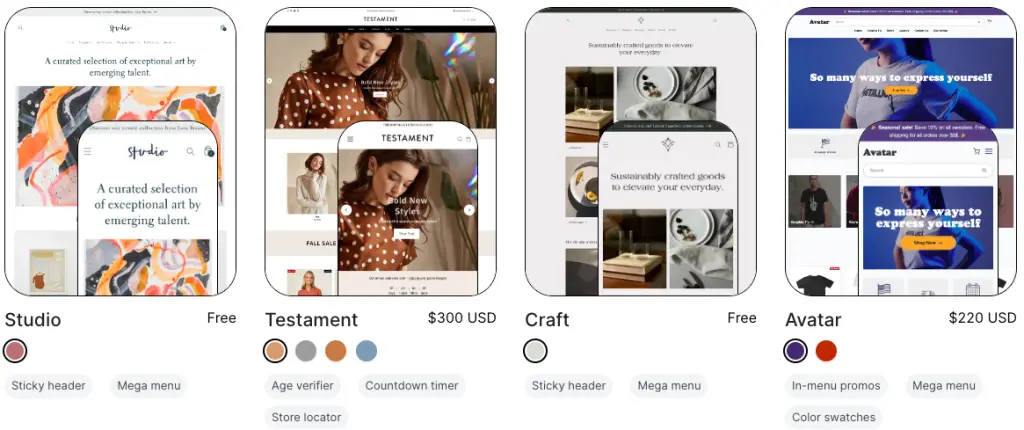
To help clarify, here are the primary distinctions between free and paid Shopify themes that you should consider:
| Aspect | Free Theme | Paid Theme |
|---|---|---|
| Design and Customization | Generic designs with limited customization options. Functional but may lack a unique brand identity. | Sophisticated, unique designs with extensive customization options for a professional, personalized storefront. |
| Functionality and Features | It may not be optimized for the fastest loading times and responsiveness across devices. | Advanced features like customizable checkouts, integrated SEO tools, and improved navigation options. |
| Support and Updates | Limited direct support; less frequent updates. Supported by Shopify but may lag behind in updates. | Ongoing support and regular updates, ensuring compatibility with the latest e-commerce trends and Shopify changes. |
| Loading Speed and Mobile Responsiveness | May not be optimized for the fastest loading times and responsiveness across devices. | Optimized for faster loading and fully responsive across various devices, enhancing user experience and SEO. |
| Uniqueness | Higher chance of encountering similar-looking stores due to wide accessibility. | Increased likelihood of a unique storefront, helping brands stand out in a crowded e-commerce space. |
7 Benefits of a Paid Shopify Theme!
When I decided to opt for a paid Shopify theme, I realized several advantages that it brought to my online store, enhancing both its functionality and aesthetic appeal.
1. Professional and Unique Design
Paid themes often offer more professional and unique designs. This higher design quality significantly enhances your brand’s image and credibility, which is key in attracting and retaining customers.
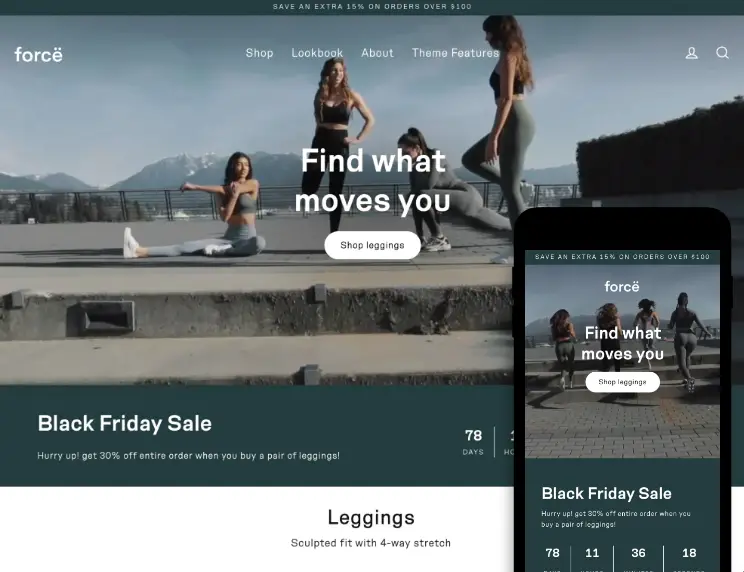
2. Advanced Customization Options
With paid themes, you get greater flexibility and control over the look and feel of your store. These themes usually include a wide range of customizable options, allowing you to align every aspect of your site with your brand and target audience.
3. Enhanced User Experience and Functionality
Paid themes are designed with both aesthetics and user experience in mind. They feature intuitive navigation, faster loading times, and mobile responsiveness, all crucial for keeping customers engaged and reducing bounce rates.
4. Exclusive Features and Integrations
Some paid themes come with advanced features and integrations not available in free themes. These included improved product search capabilities, better social media integration, and sophisticated e-commerce tools like product filtering and wishlists.
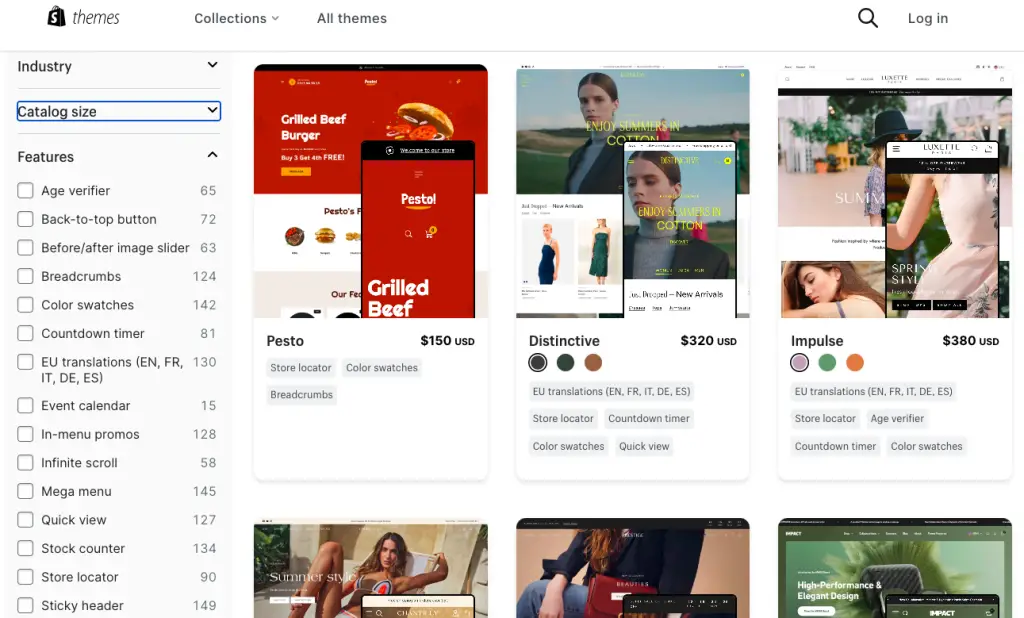
5. Better SEO Capabilities
A well-designed paid theme can also boost your store’s SEO. Cleaner code, faster loading speeds, and mobile optimization help your site rank higher in search engine results, driving organic traffic.
6. Ongoing Support and Updates
Purchasing a paid theme gave me access to dedicated support from the theme developer, which proved invaluable for troubleshooting and customizations. Regular updates also ensured that my theme stayed compatible with the latest Shopify features and e-commerce trends.
7. Competitive Edge
In a crowded online marketplace, having a unique store is critical. A paid theme can give your store a distinctive and memorable online presence, setting it apart from competitors and helping to establish a strong brand identity.
8. Quality
Shopify has strict guidelines in place for any website designers who want to sell their theme on the Shopify theme store. There is a specific checklist required for designers to abide by to meet Shopify’s functionality requirements.
You can check out the Shopify’s test theme checklist here if you want more information.
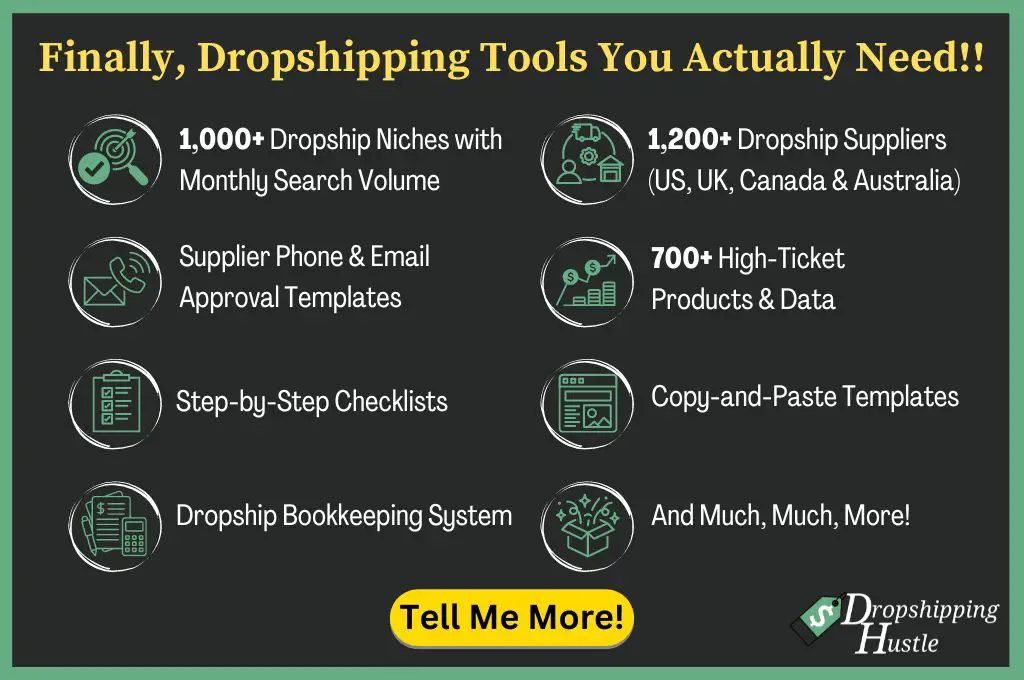
Paid vs Free Shopify Theme Features
As you would expect with free Shopify themes, the features are basic and minimal. Below is a list of features a free theme may come with and a list of features a paid Shopify theme may come with. For more details of Shopify’s theme features you can find them here.
Free Theme Features
- Mega Menu
- Stock Counter
- Sticky Header
Paid Theme Features
- Age Verifier
- Back-to-top Button
- Before/After Image Slider
- Breadcrumbs
- Color Swatches
- Countdown Timer
- EU Translations
- Event Calendar
- In-menu Promos
- Infinite Scroll
- Mega Menu
- Quick View
- Stock Counter
- Store Locator
- Sticky Header
Whilst a paid theme is a larger upfront investment, it can save you more in the long run if you plan on purchasing several of these features from the Shopify app store. A free theme comes with the bare basics and you’ll likely need some of the features at some point in your business.
If the features of Shopify’s paid themes are not adequate, there are several third-party themes that come with an abundance of features at similar prices.
Debutify comes with one of the largest selections of features I am aware of but it will come at a cost. The Pro plan will cost $90 per month but comes with 30 add-on features.
Booster theme is another option at costs $399 for lifetime access and comes with over 30 built-in features that can increase conversion rates.
Is it Worth Paying for a Shopify Theme?
When considering whether to invest in a paid Shopify theme, the decision largely depends on your specific business needs and the value you place on website functionality and design. If you are starting out with a limited budget, a free theme might suffice.
However, as your business grows, you may start to feel the limitations of a free theme, particularly in terms of design customization and advanced features. This is where a paid theme becomes beneficial, especially for businesses scaling up and requiring a more robust online presence.
The key consideration is the return on investment (ROI). While a paid theme may have a higher upfront cost, the benefits such as an enhanced user experience, higher conversion rates, and a more professional brand image can outweigh the initial expense.
It’s important to consider the long-term gains against the cost to determine if a paid theme is a financially sound decision for your business.
User experience is crucial in e-commerce and paid themes to provide a smoother, faster, and more engaging shopping experience, which is essential for customer retention and conversion. Improving user experience can lead to increased sales, making the investment in a paid theme worthwhile.
In the crowded online marketplace, having a store that stands out is critical. A paid theme can offer unique designs and functionalities that set your store apart from competitors, which is crucial for brand recognition and customer loyalty.
While free themes are adequate for some businesses, investing in a paid Shopify theme can be a game-changer for others. It’s a decision that should be based on your current business needs, future growth plans, and the potential ROI from making your store more appealing and user-friendly.
My Recommended Free Shopify Themes
If you don’t have the budget and you’re looking for the best free Shopify themes, I have 3 recommendations.
- Dawn
- Spotlight
- Sense
Each of these free themes is user-friendly, visually appealing and can appear unique and professional with the right imagery and features implemented.
Although free themes lack the features and customizations you’ll receive with paid themes, they are more than adequate to create a profitable e-commerce store. There is a plethora of successful stores that only use a free theme.
My Recommended Paid Shopify Themes
Warehouse Theme
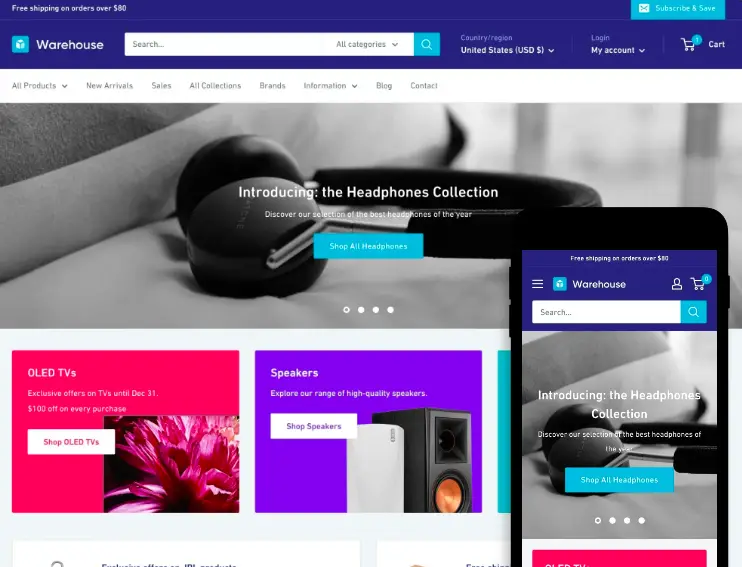
The Warehouse theme for Shopify, particularly its ‘Metal’ style, is tailored for stores with large inventories. It’s designed to handle high-volume collections, showcasing your products effectively with an easily navigable interface.
The theme supports advanced filtering, quick buy options, and customizable promotional tiles. Warehouse also features a slideshow with video, a modular-style homepage, and an interactive cart that enhances the shopping experience.
It’s particularly suited for shops looking to display a wide array of products in an organized and aesthetically pleasing manner.
Motion Theme
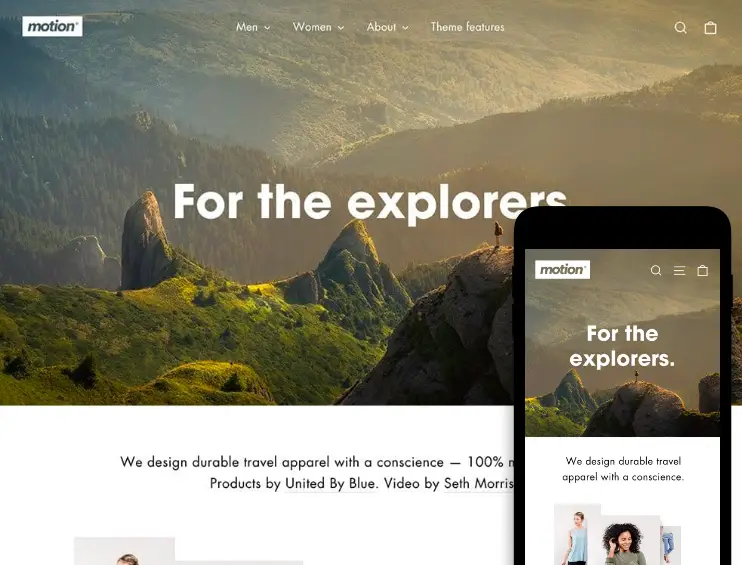
The Motion theme in the ‘Classic’ style for Shopify is a visually rich, dynamic theme ideal for contemporary brands looking to create an engaging online presence.
Known for its smooth animations and video integration capabilities, Motion allows for a captivating visual storytelling experience. It features customizable, eye-catching layouts, quick-view product options, and an advanced, mobile-responsive design, ensuring an immersive shopping experience across all devices.
This theme is particularly suitable for stores that prioritize visual appeal and wish to showcase their products with elegance and interactivity.
Booster Theme
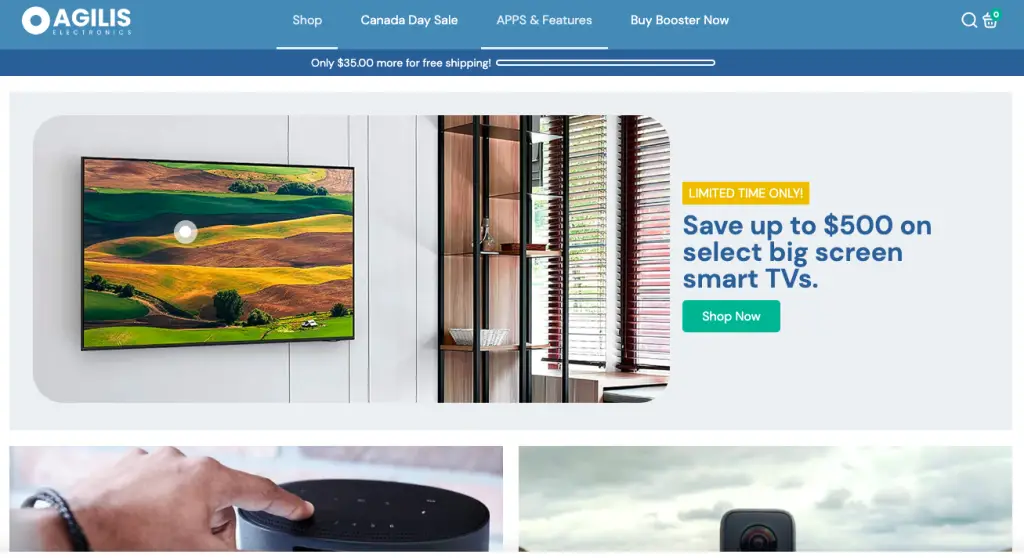
The Booster theme is a third-party Shopify theme but is one of my favorites. It’s designed to increase sales and conversions for e-commerce stores.
It’s known for its speed and mobile optimization, ensuring a premium shopping experience on any device. The theme offers a huge selection of marketing and conversion tools like sales notifications, product upsells, and cross-sell popups, all aimed at increasing average order values.
With its easy customization and focus on performance, Booster is well-suited for a range of online stores, from startups to established businesses.
You can read my full review of Booster theme here or check out the Booster theme website here.
Pros & Cons of a Free Theme
Pros
- No Cost: Ideal for businesses with tight budgets.
- User-Friendly: Designed for ease of use, especially for beginners.
- Shopify Support: Reliable support from Shopify’s team.
- Quick Setup: Often simpler and faster to set up.
- Regular Security Updates: Maintained by Shopify, ensuring up-to-date security.
Cons
- Limited Customization: Fewer options for personalization.
- Common Designs: Higher chance of resembling other stores.
- Basic Functionalities: Lacking advanced features.
- Less Unique Brand Identity: Harder to stand out from competitors.
Pros & Cons of a Paid Theme
Pros
- Advanced Features: Richer in functionalities and customization options.
- Unique Designs: More variety for a distinctive look.
- Ongoing Updates: Regular updates for new features and security.
- Professional Look: Often offers a more polished and professional design.
- Specialized Functionality: This may include industry-specific features.
Cons
- Higher Cost: Requires an upfront financial investment.
- Potential Complexity: Can be more complicated to set up.
- Variable Support Quality: Depends on the theme developer.
- Overwhelming Options: Extensive features can be daunting for beginners.
Summary
There are compelling reasons to choose both free and paid Shopify themes. However, in my opinion, the most significant factor favoring a paid theme is its impact on your store’s perception, especially in the dropshipping sector.
Dropshipping on Shopify is widespread, but often, beginners use similar free themes for their stores that sell lower-quality products from AliExpress. This has made consumers more adept at recognizing and avoiding such stores.
Opting for a paid theme can help differentiate your store, lending it a more professional and trustworthy appearance. For those serious about their e-commerce venture, investing in a paid theme is often a wise decision, helping to elevate your store’s credibility and appeal.
You can check out Shopify’s Theme Store here.




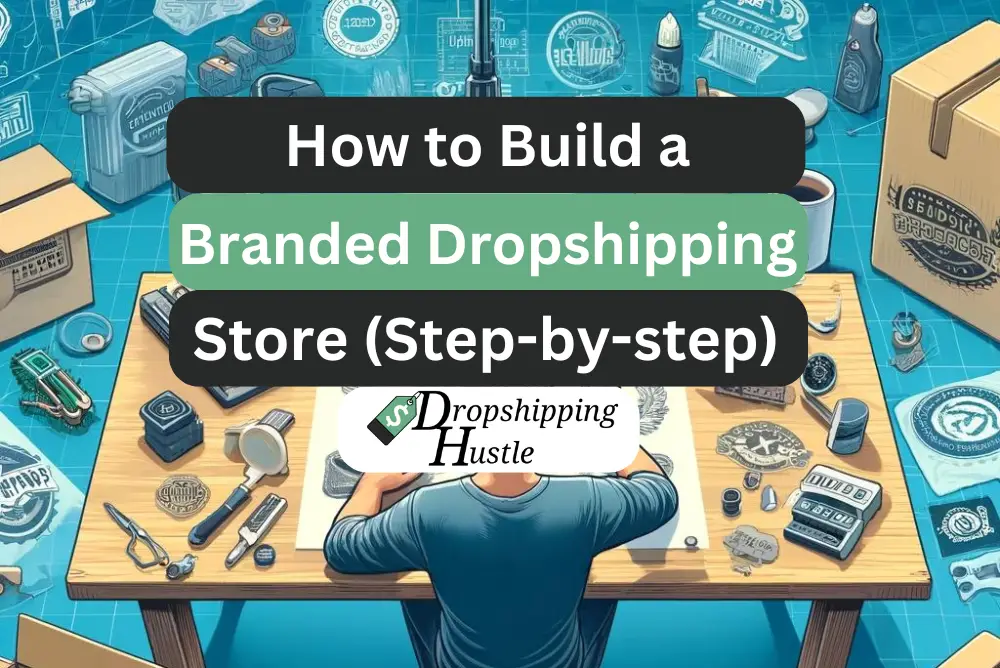

Leave a Reply